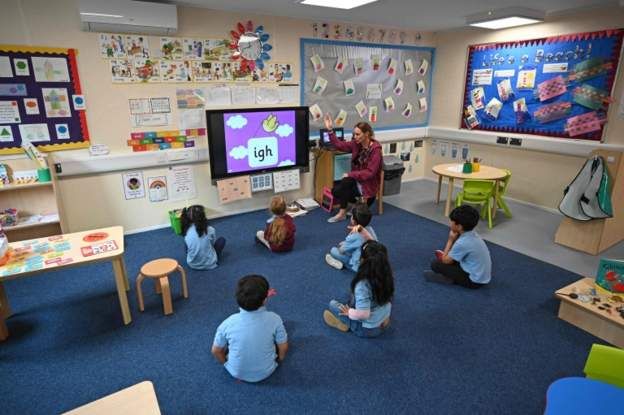Back to school?

Parents, understandably, are questioning whether schools willreopen at the end of next month. However, common sense dictates that schools should only be reopened when it is safe for students.
Going back to school will likely look a little different from what parents and their children were used to before. It’s possible that schools may reopen for a period of time and then a decision may be made to close them again temporarily, depending on the circumstances. Due to the evolving situation, authorities will need to be flexible and ready to adapt to ensure the safety of every student.
Even if the authorities have not yet decided to reopen schools, they should have already made detailed planning, to help ensure students, teachers and other staff are safe when they return and parents or guardians are confident in sending their students back to school.
The reopening of schools should be consistent with thecountry’s overall COVID-19 health response to protect students, staff, teachers and their families. Schools can take practicalmeasures, such as, staggering the start and close of the school day; staggering mealtimes and holding school in shifts to reduce class size.
Moreover, water and hygiene facilities will be a crucial part of schools reopening safely. Administrators should look at opportunities to improve hygiene measures, including handwashing, respiratory etiquette (i.e. coughing and sneezing into the elbow), physical distancing measures and cleaning procedures for facilities. Administrative staff and teachers should also be trained on physical distancing and school hygiene practices.
Students have persisted with their lessons under difficult circumstances, with the support of their dedicated teachers and parents. However, many children will need extra support to catch up on their learning when schools reopen.
Many schools might be making plans for catch-up lessons to help bring students back up to speed. This might include starting the year with refresher courses or supplemental assignments to be done at home. Given the possibility that many schools may not open full time or for all grades, schools may implement ‘blended learning’ models, a mix of classroom instruction and remote education.
Furthermore, we must remember that children will be dealing with the stress of the ongoing crisis differently from adults. Sowe need to create a supportive and nurturing environment and respond positively to questions and expressions of their feelings. We can show support and let children know that it’s normal to feel frustrated or anxious at times like this. Parents or guardianscan help children to stick to their routines and make learning playful by incorporating it into everyday activities like cooking, family reading time or games. Another option could be joining a parent or community group to connect with other parents who are going through the same experience to share tips and get support.
